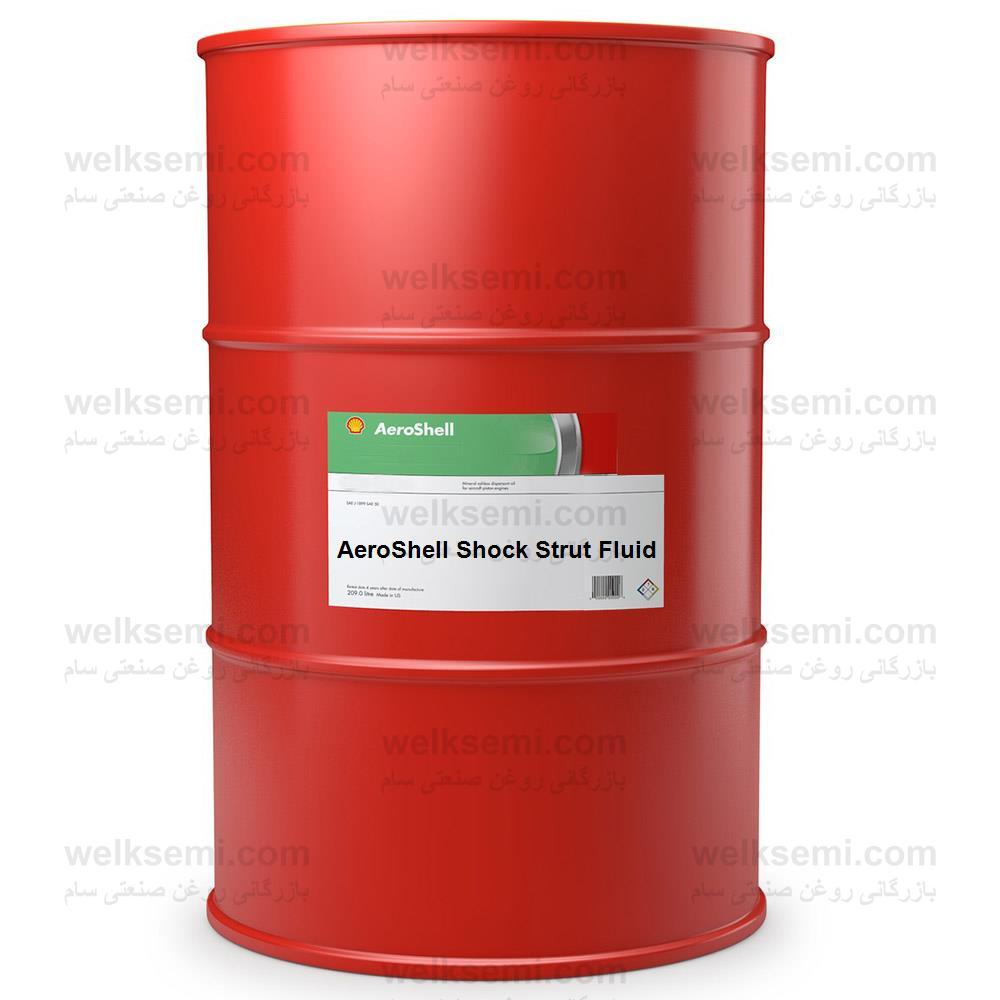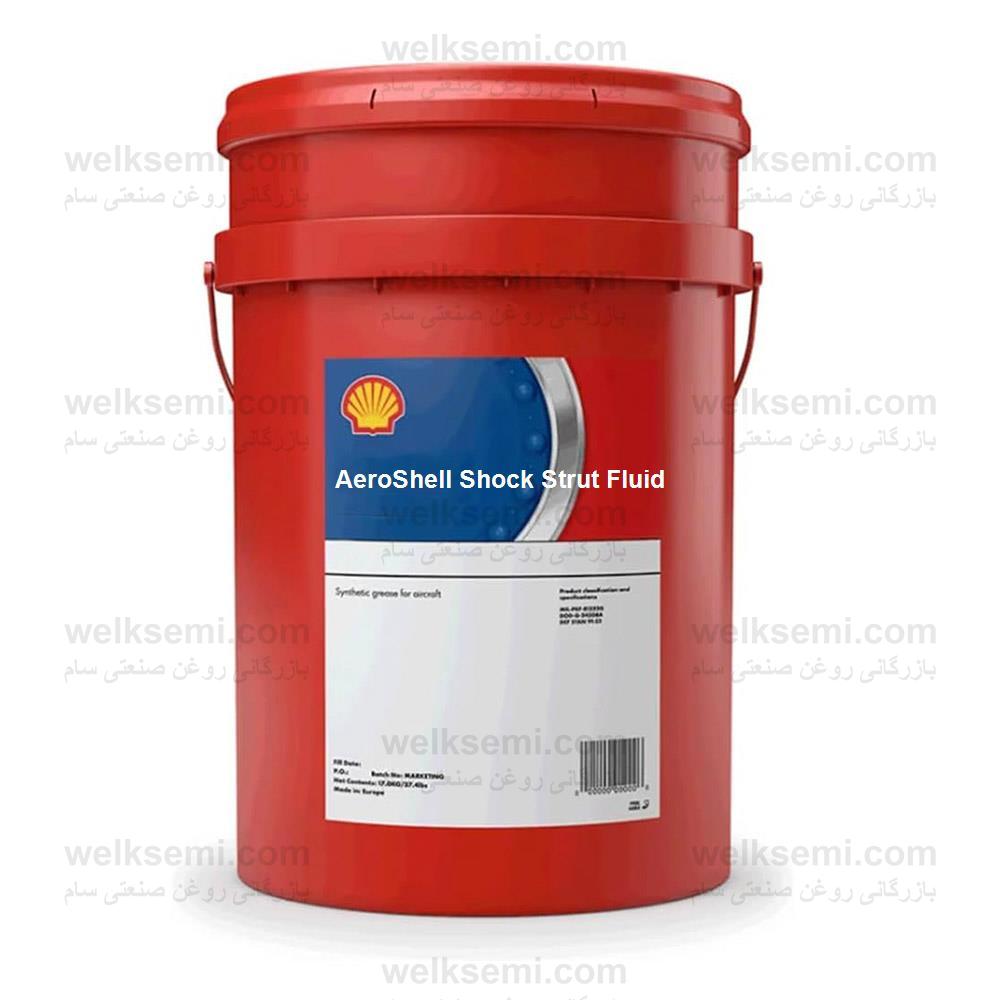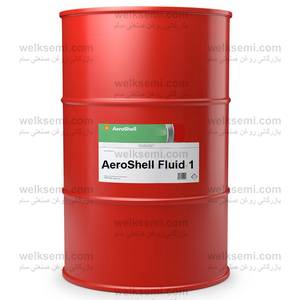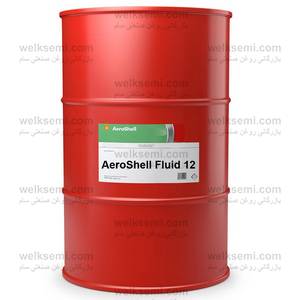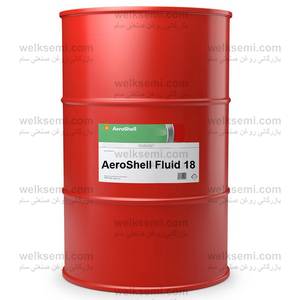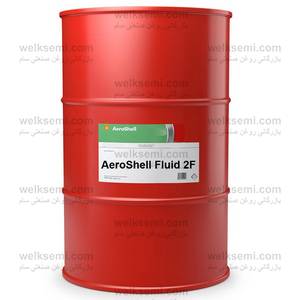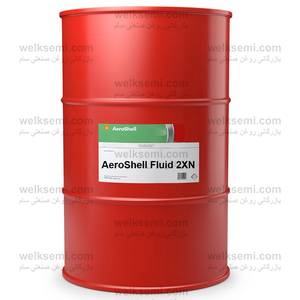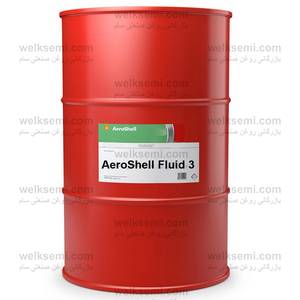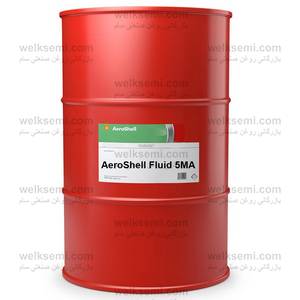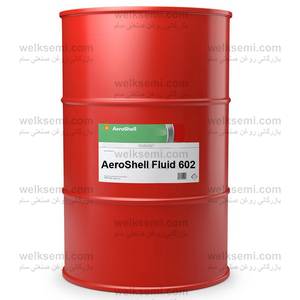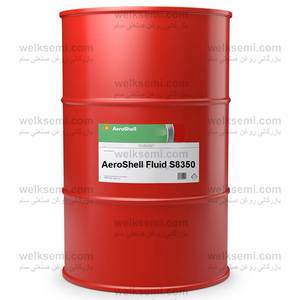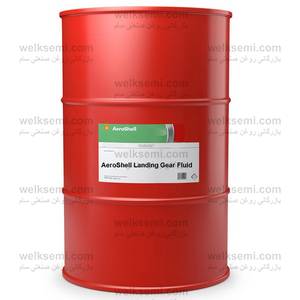AeroShell Shock Strut Fluid: An Overview
AeroShell Shock Strut Fluid is a specialized hydraulic fluid designed for use in the landing gear of aircraft. This product is formulated to meet the rigorous demands of aeronautical applications, ensuring that aircraft perform safely and effectively during takeoff, landing, and taxiing. The properties of AeroShell Shock Strut Fluid make it imperative for the smooth operation of shock struts, allowing the aircraft to absorb shocks and vibrations experienced during flight and on the ground. The fluid's unique formulation ensures that it provides optimal performance under a wide range of temperatures and operating conditions.
The **key features** of AeroShell Shock Strut Fluid include excellent viscosity characteristics, resistance to foaming, and exceptional thermal stability. These attributes contribute to the fluid's ability to maintain proper hydraulic pressure within the shock struts, which is crucial for effective functionality. AeroShell is a brand trusted by aviation professionals and has been a staple in the industry, reflecting reliability and high performance.
AeroShell Shock Strut Fluid: Importance in Aviation
The importance of AeroShell Shock Strut Fluid in aviation cannot be overstated. As a critical component in the workings of an aircraft's landing gear, it plays a vital role in **ensuring the safety and comfort** of passengers and crew during landing and takeoff. Without proper shock strut fluid, the landing gear may not function correctly, leading to potentially dangerous situations. Proper maintenance of the landing gear system, including the use of AeroShell Shock Strut Fluid, is essential in preventing failures.
Additonally, the **right fluid** ensures that the shock struts operate smoothly, allowing for better control and stability during landing and takeoff. The fluid's formulation provides a reliable barrier against wear and hydraulic fluid degradation, significantly extending the lifespan of the shock struts and reducing maintenance costs for aircraft operators.
AeroShell Shock Strut Fluid: Key Features and Benefits
One of the most notable features of AeroShell Shock Strut Fluid is its excellent **viscosity balance** at various temperatures, allowing it to maintain performance in both hot and cold conditions. This balances the need for fluidity for effective hydraulic operation and the need for thickness to dampen shocks effectively.
Additionally, AeroShell Shock Strut Fluid possesses outstanding **anti-foam properties**, making it ideal for use in an environment that undergoes continuous stress and vibration. The ability to resist foaming means that the fluid can maintain a consistent performance level, ensuring that hydraulic pressure remains stable throughout various operating conditions.
Other benefits include its exceptional thermal stability, which reduces the risk of fluid breakdown or the formation of deposits that can impair functionality. This results in lower maintenance needs and increased reliability of the landing gear systems in which it is used, making it a favored choice for many aviation professionals.
Buying AeroShell Shock Strut Fluid: Your Options
When looking to buy AeroShell Shock Strut Fluid, there are a variety of options available to you. Many aviation supply stores carry this product, both in physical locations and online. Be sure to look for **authorized dealers** or suppliers that specialize in aviation products to ensure you are getting a high-quality, authentic product.
Online platforms also provide an easy way to compare prices and find the best deals on AeroShell Shock Strut Fluid. Many websites allow for bulk purchases, which can be beneficial if you are outfitting multiple aircraft or performing long-term maintenance. Additionally, check for customer reviews to assess the reliability of the seller and the product's suitability for your specific applications.
AeroShell Shock Strut Fluid: Specifications
The specifications of AeroShell Shock Strut Fluid are critical for understanding its suitability for various applications. Primarily, it is designed to operate at specific temperature ranges, being effective in both high and low extremes. The fluid has a typical **operating temperature range** of -40°C to +80°C, making it adaptable to a range of climates and flying conditions.
AeroShell Shock Strut Fluid also features specific **viscosity characteristics** that allow it to perform optimally under varying pressures and temperatures. Viscosity is measured in centistokes (cSt), and the fluid's performance at different temperature points is often detailed in its technical data sheets. Other important specifications include compatibility with seals and materials commonly found in aircraft hydraulic systems.
AeroShell Shock Strut Fluid: Technical Information
The technical information regarding AeroShell Shock Strut Fluid includes details on its chemical composition and performance metrics. It is formulated from high-quality base oils and additives, which enhance its performance characteristics. Understanding the technical sheet helps users determine the appropriate applications and the best practices for use.
Another critical aspect of the technical properties is its **ISO viscosity grades** (IVG), which describe the fluid's viscosity at various temperatures. These classifications facilitate comparisons with other hydraulic fluids in the market, helping users make informed decisions based on their requirements.
Furthermore, the **operational parameters**, such as the fluid's performance across various pressure ratings, provide insights into how it will function under stress. This is particularly important for maintenance schedules and when planning servicing intervals to ensure consistent performance across the fleet.
AeroShell Shock Strut Fluid: Application Guidelines
Applying AeroShell Shock Strut Fluid requires specific guidelines to ensure effectiveness. Proper techniques should be followed during the filling of hydraulic systems to avoid introducing air, which can lead to fluid foaming and reduced performance. It is important to consult the manufacturer's documentation concerning the precise procedure for applying the fluid to avoid any complications.
Additionally, regular **monitoring and testing** of the fluid's condition should be part of the maintenance routine. Fluid changes should be scheduled according to the manufacturer's recommendations, along with checks for contamination or fluid degradation. Keeping track of operating conditions can also help predict when a fluid change will be necessary, ensuring reliability and safety for all operations.
AeroShell Shock Strut Fluid: Environmental Considerations
Understanding the environmental impact of AeroShell Shock Strut Fluid is vital for responsible aviation practice. Ensure that **disposal regulations** for hydraulic fluids are followed to minimize environmental contamination risks. Used hydraulic fluids can pose a risk to ecosystems if not managed properly, so it is crucial to have a waste management plan in place.
It's also worth noting that AeroShell Shock Strut Fluid has been formulated with environmentally conscious practices in mind, but care should still be exercised in handling and disposal. Operators are encouraged to refer to Material Safety Data Sheets (MSDS) for detailed guidelines on the safe handling of the product and its environmental impact.
AeroShell Shock Strut Fluid: Maintenance and Safety Tips
For the safe handling and maintenance of AeroShell Shock Strut Fluid, operators should adhere to standard safety precautions. Wearing appropriate personal protective equipment (PPE), such as gloves and goggles, is essential to avoid skin contact or accidental inhalation of vapors. Proper ventilation in work areas is also critical.
Implementing **routine checks** and audits of hydraulic systems helps catch issues early, ensuring that the fluid maintains optimal performance. Being vigilant about system cleanliness can prevent contamination that impacts the longevity and effectiveness of the fluid. Operators should also ensure that training is provided for personnel on liquid handling and emergency procedures for spills or accidents.
